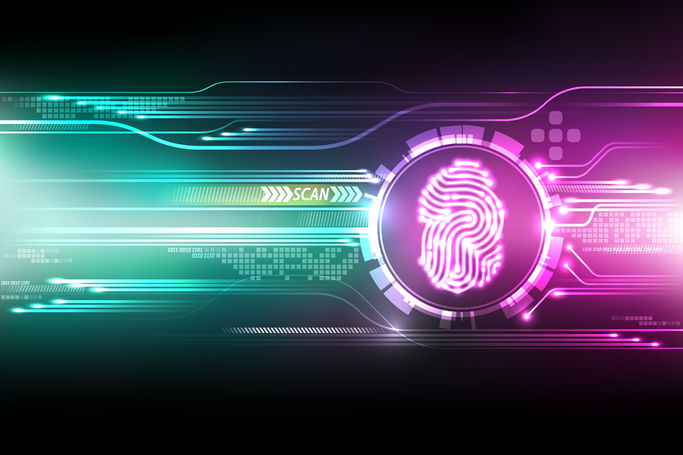What Is Data Culling?
Once a digital image of the device in question is acquired, the next step in the electronic discovery process is called Data Culling. During the data culling process, our digital investigators determine the types of files that can be recovered from the data. This information is gathered from email servers, file servers, home directories, and shared folders with the metadata identifying the file’s creator, when the content was modified and when it was sent. We also identify data pertaining to the type and location of the data, electronic storage policies and back up procedures.
After the forensic computer images have been culled and the non-essential data discarded, the relevant electronically stored information is uploaded to our electronic discovery program. This data recovery can be used for data breach analysis, extraction, sorting, and attack identification.
Our Data Culling Methods
At EInvestigations, we specialize in finding hidden and encrypted documents through a variety of investigative techniques that adhere to state and federal regulations for civil and criminal cases. Our digital investigators are experienced in using various operating systems, including Macintosh, Windows and Linux to accurately address your data culling requirements. You can rest assured knowing that we will examine all networks, hard drives, and backup drives during the digital forensic investigation and protect your information from being compromised during the search.
If you have any questions about our electronic discovery process, please contact a computer forensics specialist today at (877) 305-4935.



